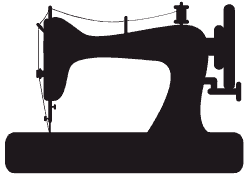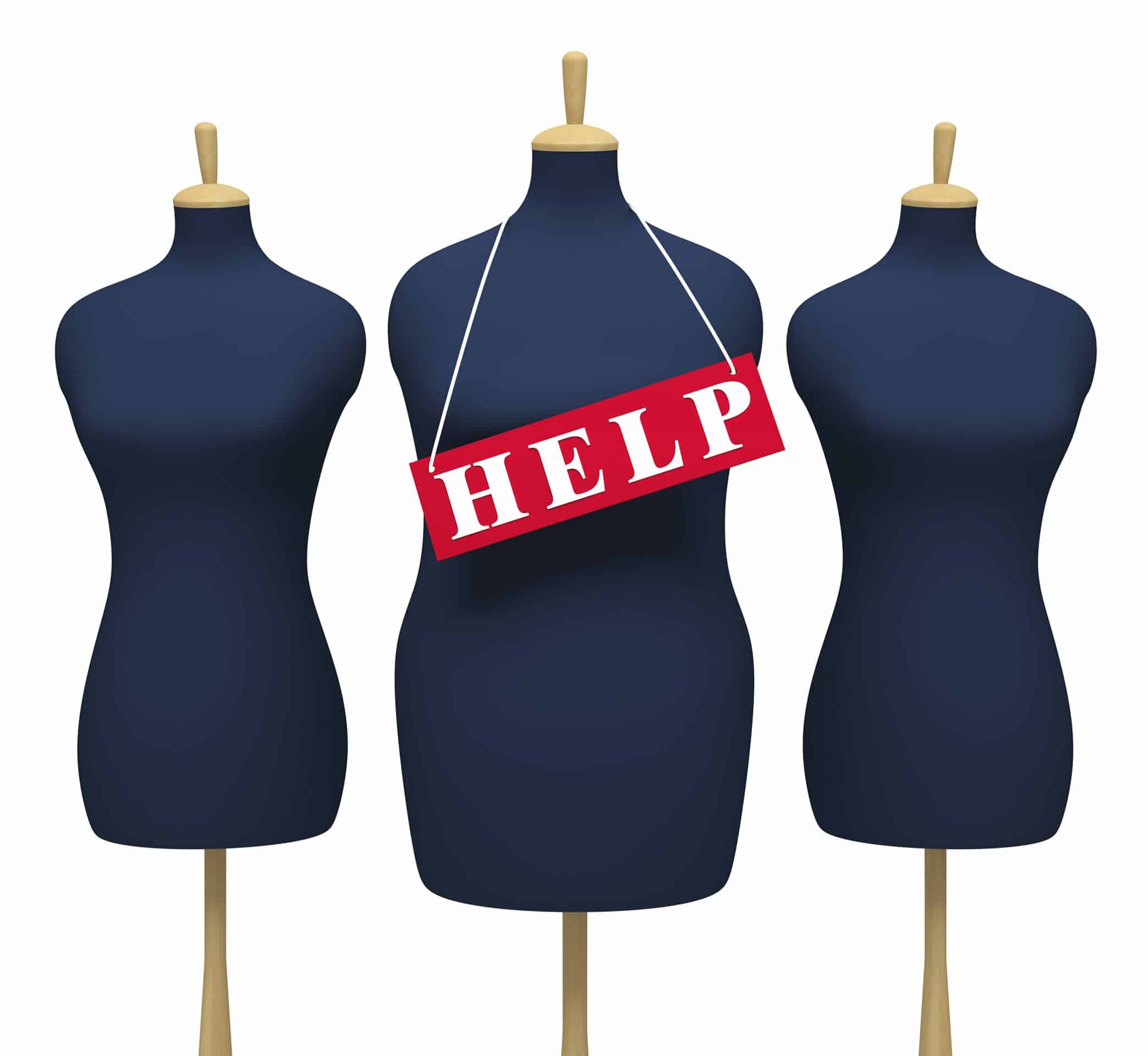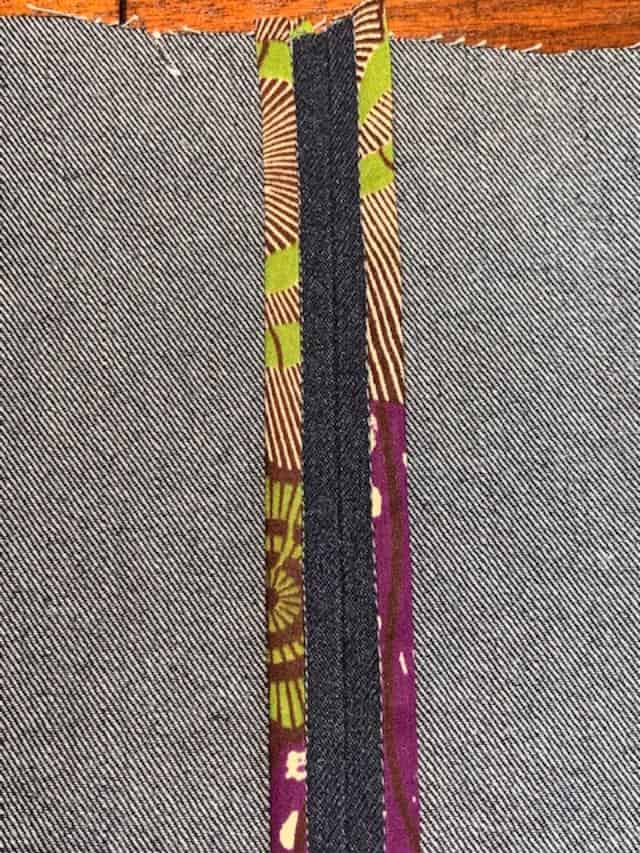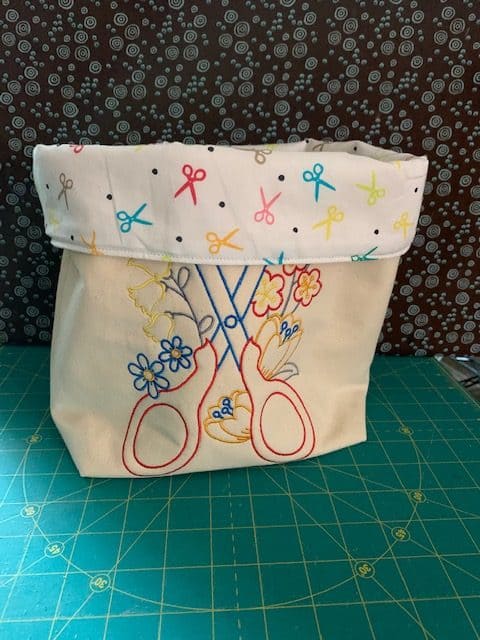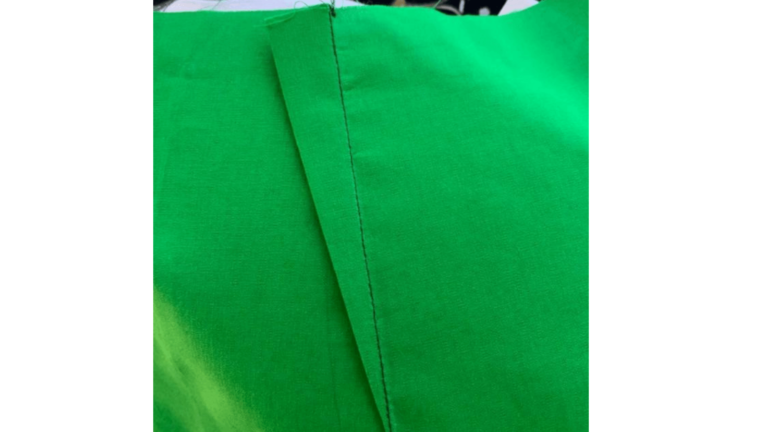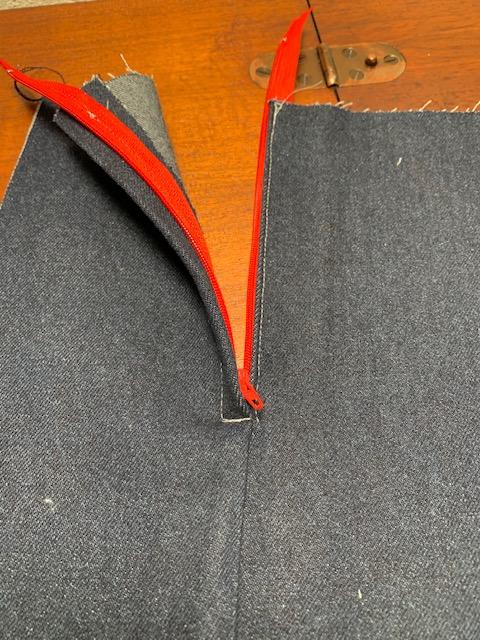How To Take Proper Measurements For Sewing Clothes
Before you can make a wearable garment, you should learn how to take proper measurements for sewing clothes.
The most common body measurements referred to by all sewing patterns is bust, waist and hip. These measurements are the bare necessities that are required to sew garments.
You will use these measurements in conjunction with the measurements on in your intended pattern instructions to determine the size of the garment that you will sew.
In this post we will go over some of the basic body measurements and how to go about taking them.
Why Do You Need Measurements?
Whether you are sewing from patterns or drafting your own, measurements are essential. By taking measurements, you will effectively remove the guesswork on whether or not a pattern you want to make will fit.
In my humble opinion, sewing is easy but fitting can be a bitch. By taking the time to get your correct measurements, you minimize future frustrations and will definitely enjoy the sewing process much better.
How Do You Measure Your Body For Sewing?
To measure your body for sewing, you want to stand upright with your feet no more than shoulder width apart. All horizontal measurements, bust, waist and hips, should be taken around the fullest part of the body.
Keep the tape measure parallel to the floor to ensure that the body part being measured is accurate. To take your measurements, you will need a basic plastic or cloth tape measure 60”-120” long.
You will also need a pen and pad to capture your measurements . As the body tends to change, notate the date measurements are taken.
Be prepared to and get into the habit of taking your measurements every time you get ready to sew a pattern. You want to take the measurements as close to your body as possible so wear something lightweight.
For example, I typically wear the bra I intend to wear with the finished garment, a close fitting t-shirt/camisole and leggings.
Bust Measurement
To measure the bust, wrap the tape measure around your back and bring the tape measure around the front over the fullest part of the bust. Overlap the tape with the zero under the measurement for the full bust.
You want to take the measurement with tape sitting comfortably around the bust, neither too loose nor too tight. Record that measurement on your notepad.
Waist Measurement
The waist measurement is taken at your natural waist not where you typically wear pants or skirts. Your natural waist is the smallest part of your torso.
You can determine where it is by standing upright with your legs slightly apart then bending over to one side like a teapot. The little indent where your side creates a V is the natural waist.
If you need a more obvious visual, tie a slim piece of string or elastic around your waist. The string/elastic will automatically nestle into the natural waist. Take the measurement on top of the string making sure the measuring tape is level all around.
Hip Measurement
The hip measurement is typically taken 5” below the waist measurement. Depending on your height and the length of your torso, the measurement could be taken lower or higher.
Wrap the tape measure around the fullest part of your hip making sure to include the fullest part of your bum. Again, you want to make sure that the tape measure is level all around to determine an accurate measurement.
Do You Need A Fitting Buddy?
To take your measurements, ideally you want to have a fitting buddy to assist you. A fitting buddy can make sure that you are standing correctly in an upright but relaxed manner.
They can ensure that the tape measure is level around your body and take accurate measurements in less time.
Plus they can prevent any “assistance” from you that could potentially skew the measurements. Also, a good fitting buddy is less likely to fudge the numbers for vanity’s sake. 🙂
Can I Fit Myself Solo?
If you do not have a fitting buddy, you can take the measurements yourself with minimal fuss. In addition to the measuring tape, another helpful tool is a mirror.
The mirror can take the place of your fitting buddy to make sure that you are standing correctly. The mirror will also provide a visual cue to ensure that the tape measure is parallel to the floor.
A floor length mirror is ideal but the next best option is your bathroom mirror. Additionally, the lighting is pretty good in most bathrooms, so that will aid in obtaining accurate measurements.
When fitting yourself, do not fudge the numbers up or down. Take the measurements as they are so that you can have accurate measurements of your body.
What are the different body measurements for sewing garments?
As mentioned before, the most common body measurements referred to in all sewing patterns is bust, waist and hips. The measurements referenced below are used to help refine the fit further. They will be addressed in depth in another post.
- Upper Bust – Used in conjunction with the full bust measurement to determine your cup size.
- Under Bust – Used in conjunction with the full bust measurement to determine the cup size when making bras.
- High Hip – Used when the garment is meant to be fitted from the waist through the hip.
- Inseam – Used in determining the length of shorts, culottes and pants.
- Thigh – Used in garments that are close fitting around the thigh.
- Knee – Used in garments that are close fitting through the knees.
- Trunk – Used in making one piece garments like bathing suits or jumpers.
- Armscye – Used in creating tops.
Conclusion
Now that you know how to take proper measurements for sewing clothes, practice taking your own measurements. If you are lucky enough to have a fitting buddy, make a fitting date and have fun getting your measurements taken.
If you’re fitting yourself solo, make a date with yourself and have fun with it. Think of it as a form of sewing self care.
Happy Sewing!
